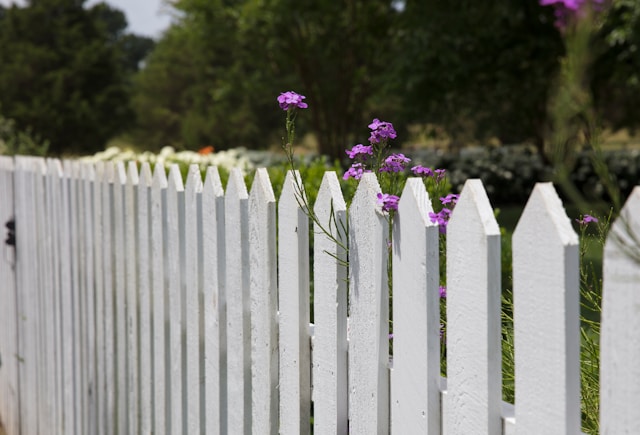Fences not only delineate your property lines but also contribute significantly to the aesthetics and value of your home. As outdoor statements, they reflect your style and meet practical needs such as security, privacy, and safety. For homeowners embarking on a fence installation or any locale, planning is essential to making the right choices from the vast array of materials and styles available.
Key Takeaways:
- Recognize the variety of fence materials and choose the best fit for your lifestyle and maintenance preferences.
- Understand the influence of local zoning laws on your fence installation project, avoiding legal woes.
- Explore professional installation benefits that ensure durability and proper alignment according to the landscape.
- Discover environmentally-friendly options for eco-conscious homeowners, and learn tips for budgeting your fence installation effectively.
Table of Contents:
- Understanding Different Types of Fences
- Designing for Aesthetics and Functionality
- Privacy Concerns and Fence Choices
- Navigating Local Regulations and Permits
- The Benefits of Professional Installation
- Maintenance and Longevity of Fences
Understanding Different Types of Fences
Choosing fencing materials is crucial to balancing aesthetics, maintenance, and budget. Wood fences have been a steadfast choice for years, exuding traditional charm and warmth. They come in various styles, including picket, split-rail, and board-on-board. However, wood fences require regular treatment to fend off decay and insect damage.
Vinyl fencing has gained popularity as a versatile and almost maintenance-free alternative. It is available in similar styles to wood but without painting or staining. Aluminum fencing offers elegance and a wrought-iron look without rust, making it suitable for decorative and functional installations. Chain link fences remain a practical and economical option, especially for large areas where other materials might be cost-prohibitive.
Designing for Aesthetics and Functionality
The right fence design can seamlessly complement your home’s architectural features while serving its intended purpose, whether keeping pets in your yard or providing a secure perimeter. For instance, a Victorian-style home might be well-suited to ornate metal fencing, whereas a modern minimalist home could be best framed by sleek, horizontal wood or vinyl fencing. The scope of functionality also extends to the process of fence installation Houston, TX, where the landscape’s topology can influence the choice between stepped or contoured fence designs.
Privacy Concerns and Fence Choices
Privacy is often a paramount consideration for homeowners. A tall, solid-board fence can create a secluded haven for your backyard, keeping prying eyes at bay and muffling sound pollution. Alternatively, lattice-top and spaced-picket fences provide partial privacy with a touch of openness, allowing light and air to pass through. Post-and-rail or chain link fences can be a visually unobtrusive solution for those looking to define property lines without obstructing views entirely.
Navigating Local Regulations and Permits
Navigating the legal landscape is as important as the physical one regarding fence installation. Localities often have precise requirements regarding fence height, material, and placement, and failure to comply can result in fines or even fence removal. It’s further complicated because corner lots often have visibility requirements different from those of other properties. Always consult your local zoning department or city hall, along with your homeowners’ association (HOA) if applicable, to understand what permits you need to secure and any specifications your new fence must meet.
The Benefits of Professional Installation
While DIY fence installations might seem like a way to save money, the long-term benefits of professional installation are manifold. Professionals have the right tools, knowledge, and experience to deal with various soil types, unexpected underground utilities, and precise alignment that ensures your fence’s durability and aesthetic appeal. Moreover, companies offering professional installation often provide warranties or guarantees, which can give you peace of mind that any problems that might arise will be resolved without additional expense.
Maintenance and Longevity of Fences
The lifespan of your fence will mostly depend on the maintenance needs of the material you choose. Wood may be aesthetically pleasing but will need periodic sealing, staining, or painting to protect against weathering. Vinyl and aluminum, on the other hand, generally require nothing more than cleaning with soapy water to keep them looking new for many years. Regardless of the material, a regular inspection to catch and repair any damage early can go a long way in extending the life of your fence.

